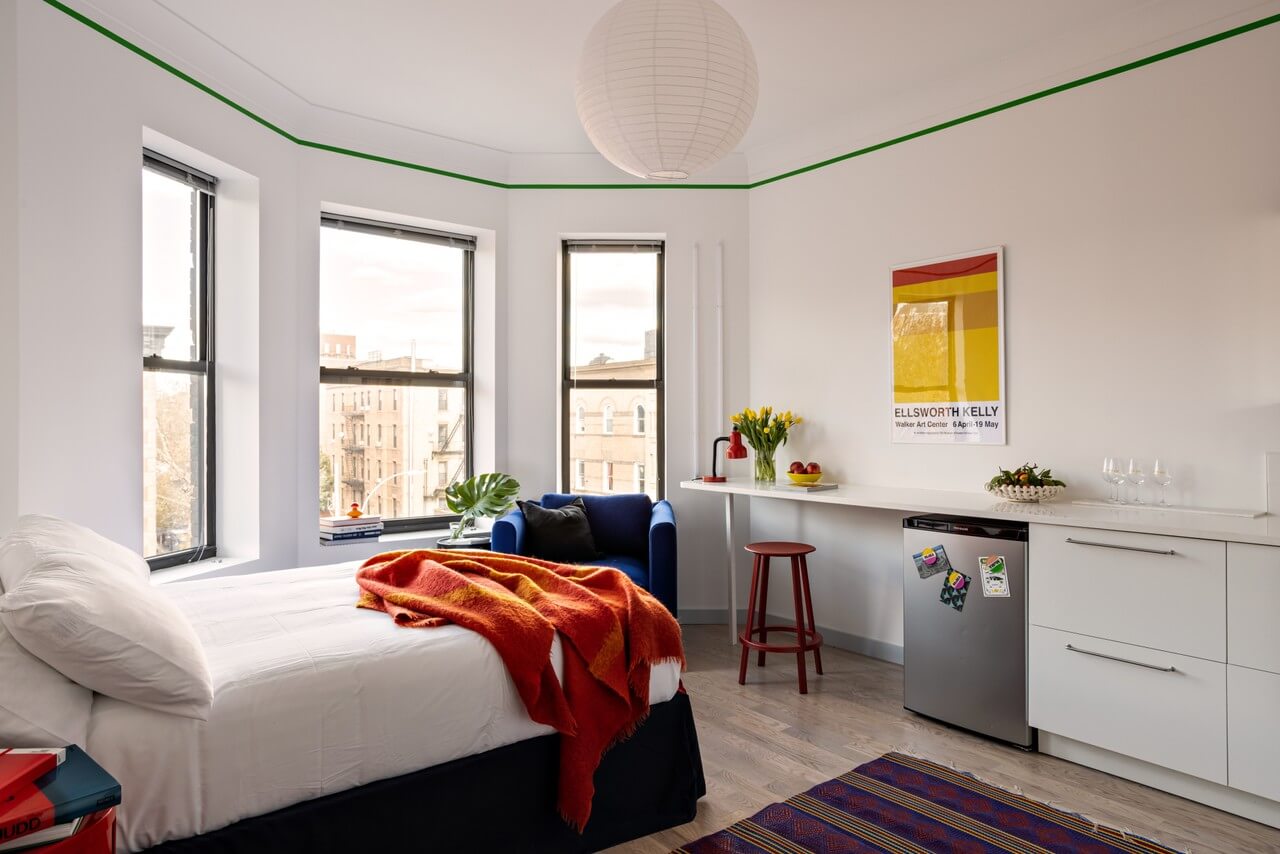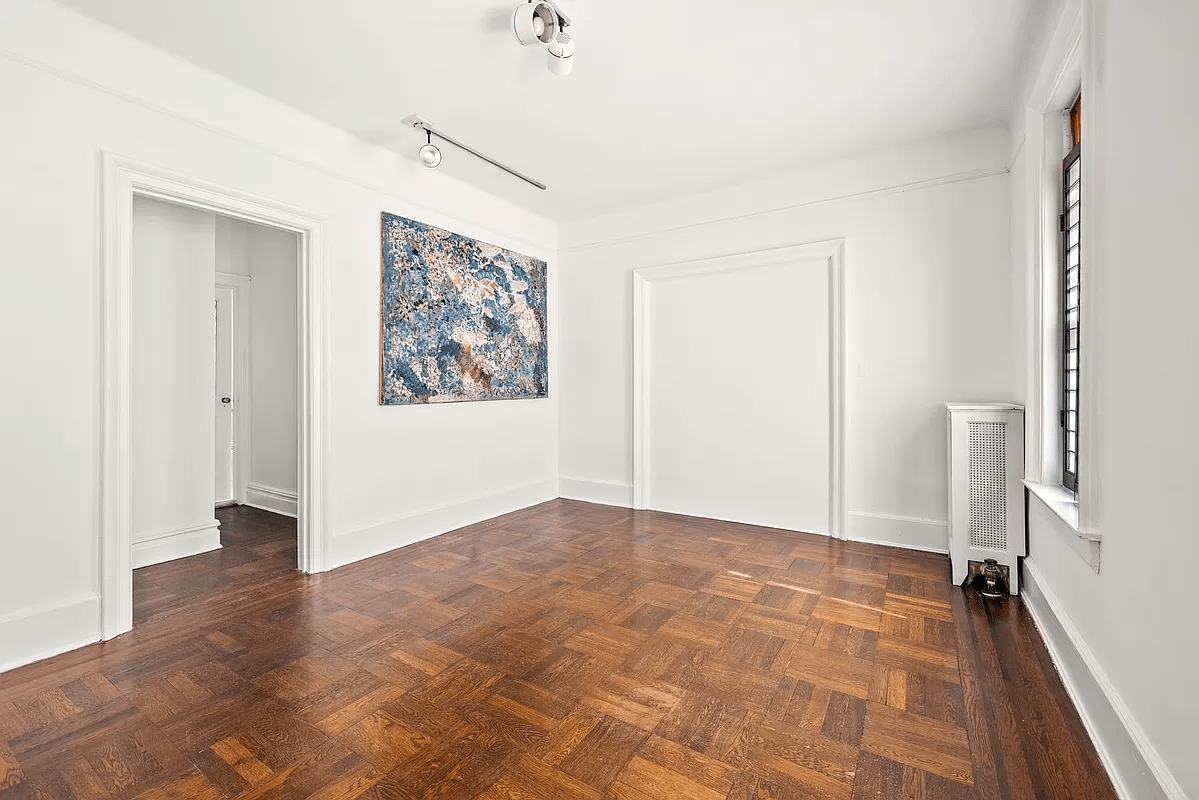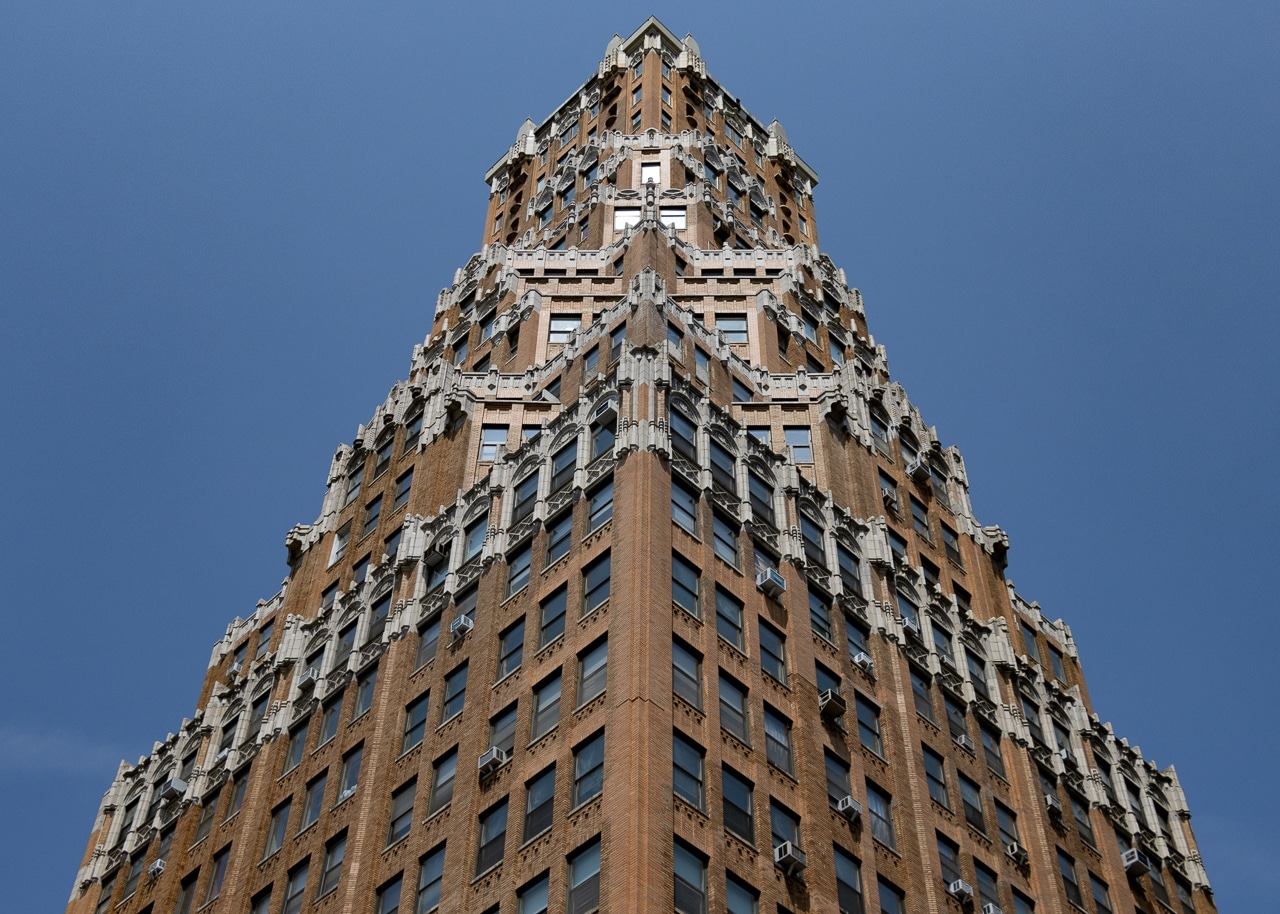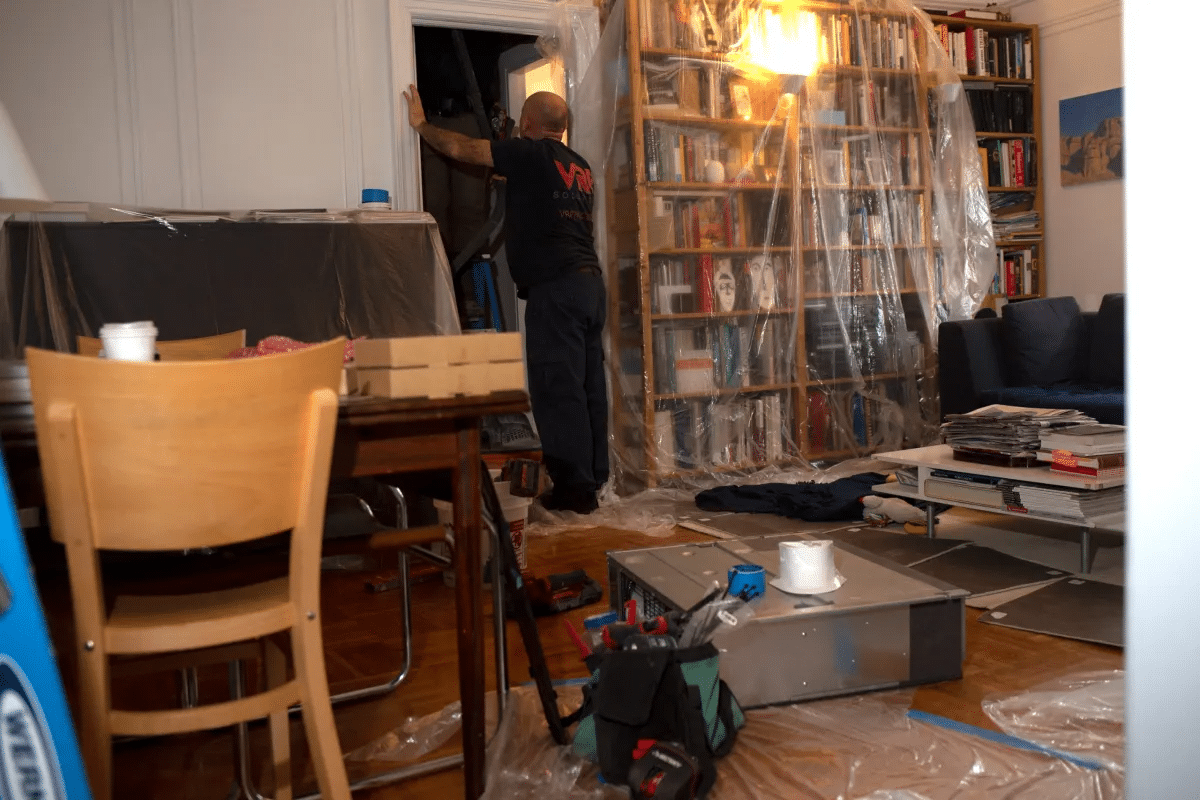Building of the Day: 1124-1128 Fulton Street
Brooklyn, one building at a time. Name: Flats Buildings with stores Address: 1124-1128 Fulton Street, between Franklin and Classon Neighborhood: Bedford Stuyvesant Year Built: 1886 Architectural Style: Romanesque Revival, transitioning into Renaissance Revival Architect: Montrose W. Morris Other buildings by architect: In Bed Stuy The Alhambra and Renaissance Apts on Nostrand Ave. The Kelly house,…

Brooklyn, one building at a time.
Name: Flats Buildings with stores
Address: 1124-1128 Fulton Street, between Franklin and Classon
Neighborhood: Bedford Stuyvesant
Year Built: 1886
Architectural Style: Romanesque Revival, transitioning into Renaissance Revival
Architect: Montrose W. Morris
Other buildings by architect: In Bed Stuy The Alhambra and Renaissance Apts on Nostrand Ave. The Kelly house, corner house, and three groupings of rowhouses on Hancock St. between Marcy and Tompkins, and many more.
Landmarked: No
The story: In the course of my researching, I’m always on the lookout for new and undiscovered buildings by my nom de plume, Montrose Morris. Over the years, and with the help of architectural historian Andrew Dolkart, an expert on Morris, and Brownstoner reader Amzi Hill, we’ve actually found a couple more hitherto fore undiscovered Monties. Although he left a great body of work, a lot of Morris’ buildings are gone, for one reason or another, many of which were quite large structures. I had long admired this set of buildings, because of the quality of the ornament, which is not present in too many buildings on this stretch of Fulton St, so it came as a great treat and satisfaction to discover that these very attractive flats buildings were his. Originally, there were five buildings, but the corner building and its neighbor were destroyed when the Franklin Avenue shuttle station was built. The group was built for William H. Scott, and was touted in the Builder’s Guide as having stores on the first story, each floor above to have accommodations for one family. They will have hardwood finish and will contain improvements, their cost being estimated at $70,000. Although the corner building, usually the most ornate, and its neighbor are gone, one can still see that Morris relied on his penchant for making many adjoining buildings resemble a complete whole. Today, the arched windows of the center building form the center, with the other two providing a pleasing mirror image and symmetry. As per usual, Morris chose fine terra-cotta ornamental friezes, and capped it off with a fine overhanging cornice, another Montrose signature. These are still great buildings, and although unknown, worthy of the Morris name.










Hey Brownstoners,
I found a couple of pictures of these buildings from 1942 in the NYPL Digital collection. The buildings are on the right side of the picture, there’s also a larger long shot looking west on Fulton.
I posted them on Flickr:
http://www.flickr.com/photos/55494611@N05/
or you can go to the NYPL site and search Fulton and Franklin, they have a few more pictures of the area, but the El train blocks the views.
Dear Mr. Morris:
First of all, when I said I didn’t want to catch you near Decatur, I meant to include Herkimer.
Second, your article on Kismet was good. But you didn’t mention that the galvanized covering on the left hand dome is peeling off like an onion. I will soon, very soon, cure that omission.
Third, it is apparent that you did not go into Kismet for a service WHERE THEY BLOCK THE EXITS DURING THE COLLECTION. Nice.
Fourth, you didn’t answer my 2004 question about the Cranlyn:
“But next door, at the entrance to the Cranlyn, a large parapet directly over the doorway is down to its rough, bare stucco, as if a layer — perhaps terra cotta, like the building’s birds of paradise panels? — fell off. But a decorative aluminum panel in the center showing a
skyscraper is still secured, like an island in a choppy sea.
“Flanking the doorway are two fluted, black marble pilasters, but their lower portions — sections perhaps 10 inches wide by 36 inches high — must have been split off long ago. On the left-hand pilaster, an old cement patch remains; on the right, the patch has been removed, exposing the rich, dark interior of the stone. On each side, new black marble panels have been skillfully installed — but they do not match the outlines of whatever was there originally.”
So, like I’m waiting.
And, where is Crown Heights?
Christopher
Oh, I also did the Cranlyn. You must keep up.
Boring? The nerve!
Too late Mr. Gray. I did Kismet already. It was back when I first started, when I was much more succinct, although far less informative. But I still scooped you. It would still make a great Streetscape, though.
http://bstoner.wpengine.com/brownstoner/archives/2010/03/building_of_the_8.php
I’ll let you have Decatur, for now, but don’t even think about wandering around Crown Heights.
Minard – 🙂
I remembering looking at these last time I was this area – there are a few other interesting buildings along this stretch (if you carefully beneath all the paint and storefronts!).
Any pictures of what the original row looked like? These are so symmetrical that I’m wondering how the rest of the row “balanced out”.
Minard, Benson knocked me down in the playground and stole my lunch money and made me tell him my brownstoner password.
Where is Decatur, anyway? >>I bet MM knows.<<
Yr. rt. obdnt. svnt.,
C
c: is it just me or are you becoming increasingly incoherent?
Or are those clues to the Times cryptic crossword?
Oh, come on – seriously boring. Even the St. George is more interesting than this. How ’bout that art deco apartment house on Cranberry, the Cranlyn, that was a wreck. Or the triple arch in Prospect Park. But just don’t let me catch you snooping around Decatur. And don’t even think about Kismet Temple.
Aren’t the remains of one of Raymond Hood’s Rex Cole showrooms still around?
c
the spandrel carving is gorgeous. the building alas is but a mere shadow of its former self I’m sure.
great sleuthing mm!